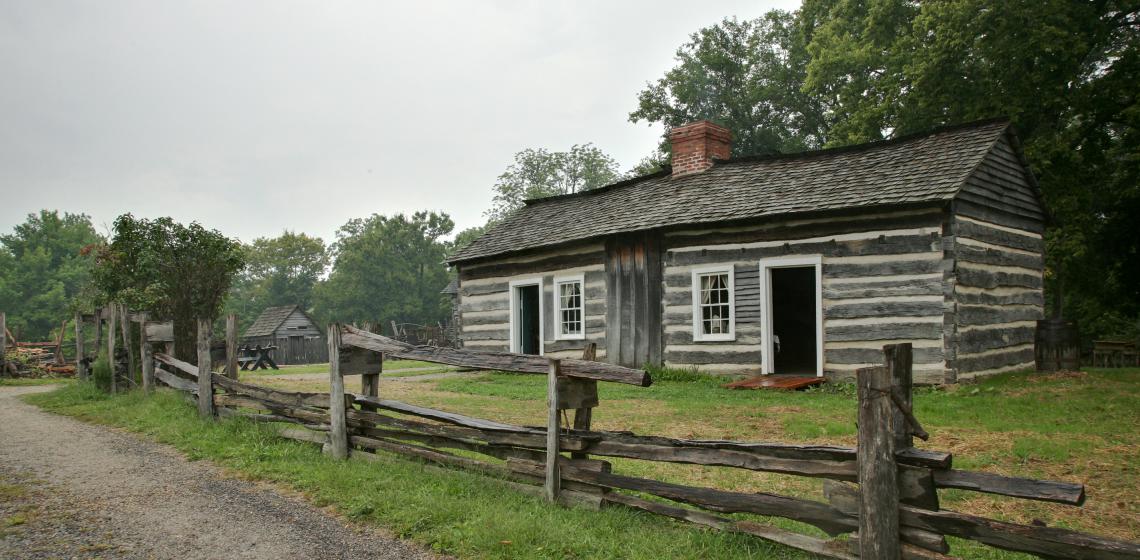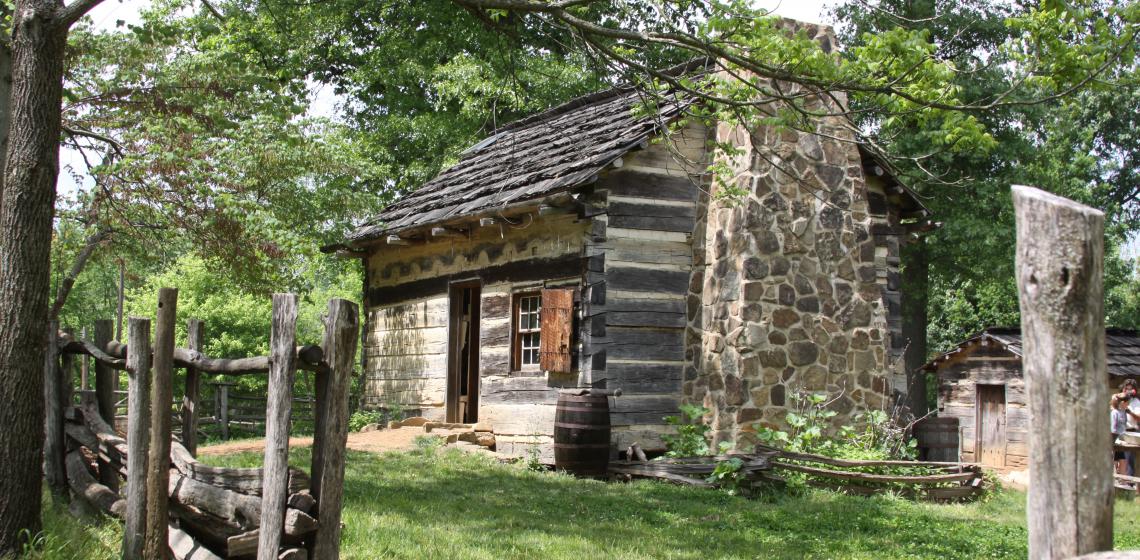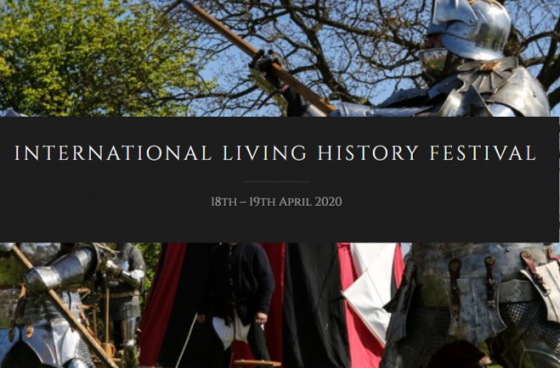Lincoln's New Salem (US)
Lincoln's New Salem State Historic Site is a reconstruction of the village where Abraham Lincoln lived from 1831 to 1837. The village was abandoned by about 1840. Although he never owned a home here, Lincoln was engaged in a variety of activities while he was at New Salem. He clerked in a store, split rails, enlisted in the Black Hawk War, served as postmaster and deputy surveyor, failed in business, and was elected to the Illinois General Assembly in 1834 and 1836 after an unsuccessful try in 1832.
Twelve log houses, the Rutledge Tavern, ten workshops, stores, mills and a school where church services were held have been reproduced and furnished as they might have been in the 1830s. The furnishings, including many articles actually used by the New Salem people of Lincoln's time and others dating back to the same time period, were assembled and donated to the state by the Old Salem Lincoln League.









